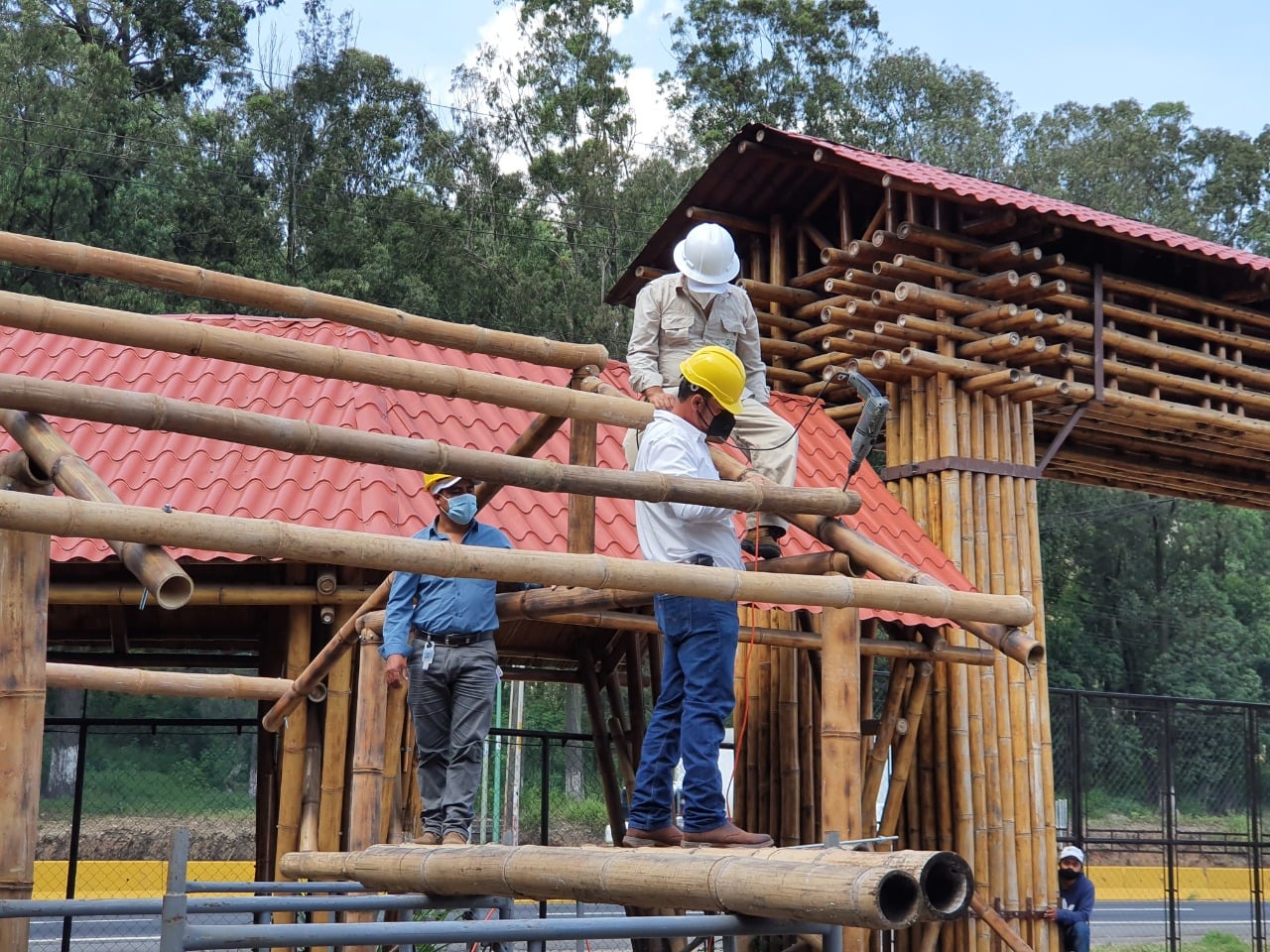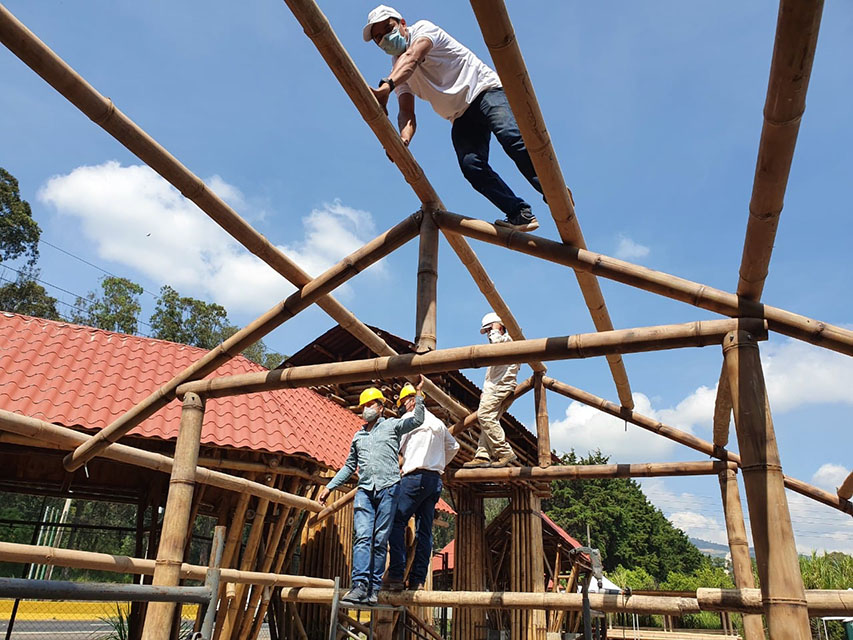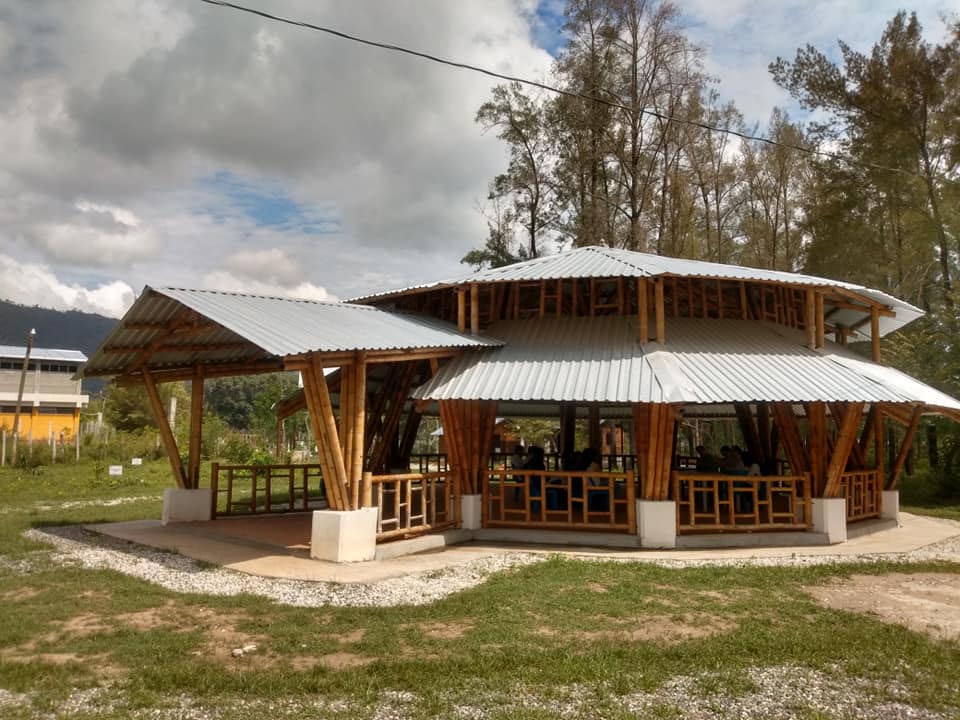Building
Characteristics
- - Special properties: Light, flexible; great variety of constructions
- Economic aspects: Low cost
- Stability: Low to medium
- Required training: Traditional labor for bamboo constructions
- Required equipment: Tools for cutting and splitting bamboo
- Seismic resistance: Good
- Hurricane resistance: Low
- Resistance to rain: Low
- Resistance to insects: Low
- Climatic suitability: Hot and humid climates
- Degree of experience: Traditional
Description
- - In regions where bamboo grows, the climate is generally hot and humid, which leads to the use of materials with low thermal storage capacity and designs that allow cross ventilation. Bamboo constructions fully satisfy these requirements, which explains their use in these areas.
- Bamboo walls cannot be built tightly and tightly, so cross ventilation is inherently provided, providing a pleasant, moisture-free environment.
- The flexibility and high tensile strength make the bamboo wall highly resistant to earthquakes, and in case of collapse, its low weight causes less damage; rebuilding is quick and easy.
- Specialized labor is required to work bamboo, but in areas where bamboo grows these are traditional.
- The biggest disadvantages are due to its relatively low durability (due to biological attacks), and low resistance to hurricanes and fire, so protection measures are essential.
Bamboo houses
The single bamboo can be used to make parts of a house with the exception of the hearth for the fireplace. In most cases, however, bamboo is combined with other construction materials such as wood, clay, lime, cement, galvanized iron, and palm fronds, according to their relative efficiency, availability, and cost.
The use of bamboo as a building material, whether primary, secondary, or occasional is common in areas where adequate bamboo grows in sufficient quantity. The importance of bamboo in any given region is usually determined by the economic level of the common people rather than other more durable materials. Structural strength.
Suited to the demands of local conditions, it is commonly achieved with bamboo, but generally a general monotony of design and a mediocre level of execution characterize bamboo houses in many regions.
In certain cultural areas, however, and especially at very high economic levels, such as among the educated parts of Japan, Java, and Malaysia, bamboo is used architecturally in ways that are distinctive and basically artistic. Cohen indirectly alludes to this recognition of the special virtues of bamboo; "The main post in a Japanese house characterizes the house in terms of quality and construction."






